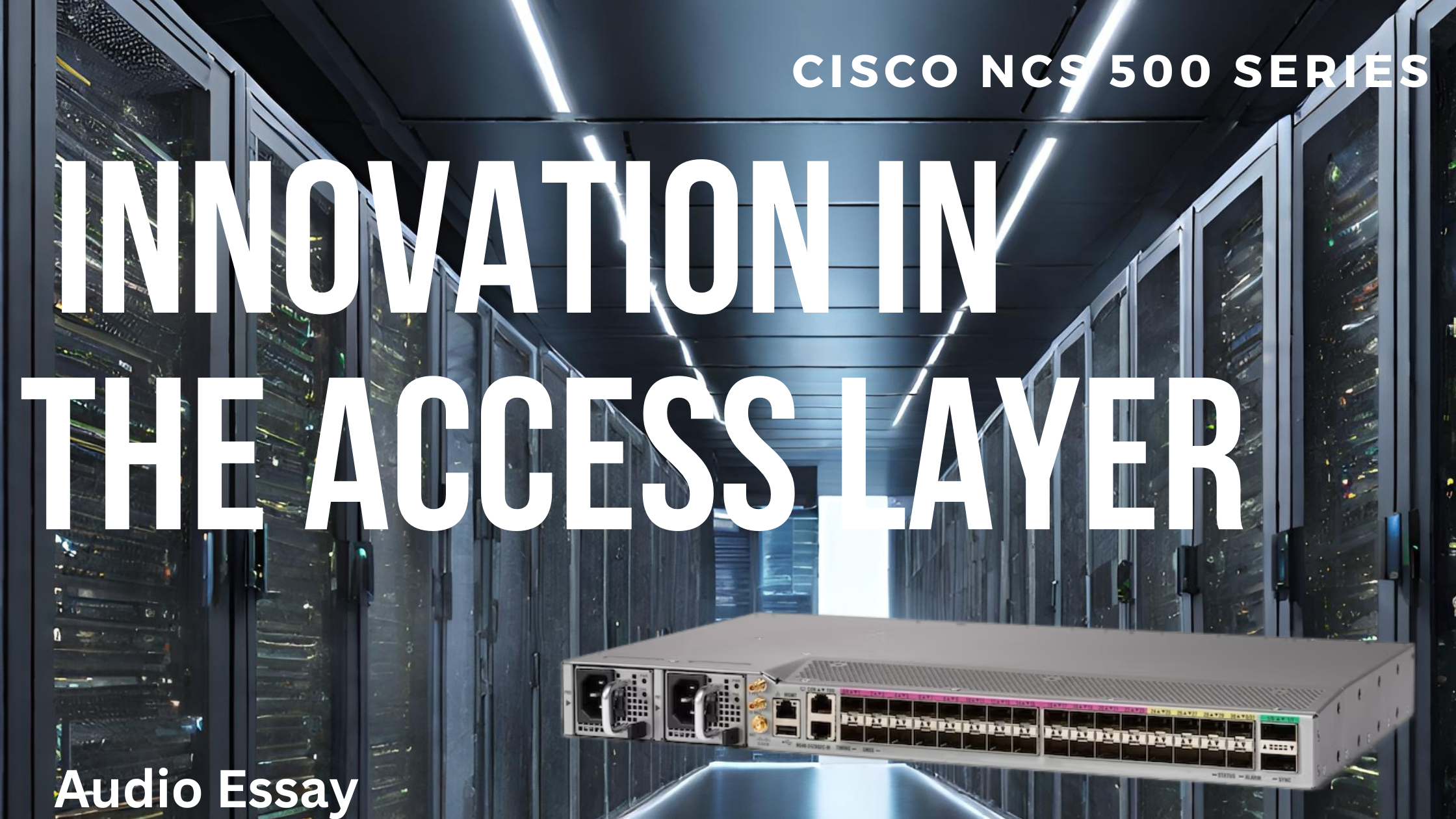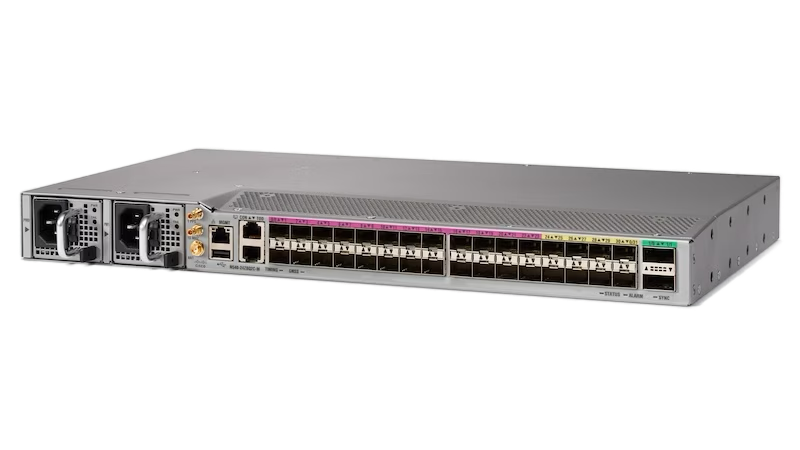Cisco NCS 500: Innovation in the Access Layer
Learn how the Cisco NCS 540 and 560 series access routers leverage 5G architectural changes to both simplify operations and expand services.

(repost from October 2020)
The advent of 5G heralds’ big changes in the access layer. Critical decisions, that will have an effect on who succeeds and who struggles, are being made right now. This two-part audio special provides perspective on the opportunity and details around the answers that Cisco now provides.
Join ExplaiNerds host, Robb Boyd along with multiple experts from Cisco’s Mass Infrastructure Group.
- Prakash Daga, Director of Product Management
- Sairam Potnuru, Product Manager
- Akshaya Kumar, Technical Marketing Engineer
SOLVING FOR THE LAST MILE
Service Providers face significant financial challenges as demands for higher bandwidth rise faster than any new revenue that might actually support it. New and differentiated services are the most sought-after answer in these situations and there is no bigger opportunity than what 5G offers. But, 5G requires significant new investment that must be made with multiple, seemingly mismatched requirements.
- Support existing customers and services, many of which stem from legacy technologies that cannot just stop working.
- Choose an architecture that will support the latency and reliability requirements of 5G, and other non-mobile services investments carefully as it will take some time before generating new revenue.
- Support future technologies that can’t be accurately predicted so that the foundation being laid today can support the next several decades without falling back into the same high-cost complexity dilemma currently being fought.
Cisco’s NCS 500 portfolio has been purpose built just for this moment.

The NCS 540 series of fixed, hardened 1 RU boxes offer every interface you could possibly need and can be put in any location you can imagine. The NCS 560 series has two chassis to choose from with no shortage of cards and options so that these can be used in everything from pre-aggregation, to aggregation and more.
The best news however is that as much as hardware specifics must differ, the software is all the same. For the first time, you can have IOS XR in the access layer and on the smallest, most cost-effective devices it’s ever been on.
This brings a level of maturity and depth of service capability all the way out to your radio towers. And even better, it most likely means that your entire network can become one large, intelligent fabric all running under the same automation you have in your core and distribution.
It offers both 5G skill sets coupled with all the familiar and mature operating capabilities already present in most core networks. It is this unique combination of new and existing technology that we explore in this 2-part series.
In part 1 you will learn:
- How the complexity of pre-existing protocols and multiple domains can thwart attempts to leverage software defined networking and other key enabling technologies.
- The importance of intelligence all the way to the edge driven by a singular set of access solutions.
- How Cisco’s developers threaded the needle to support all the niche feature sets and performance required for this new generation of services.
- All the various roles this new NCS 500 family can play for your new network
- How Segment Routing and EVPN can work together to shed conflicting protocols and simplify operational requirements.
Part 2 builds on this to cover:
The unique requirements of 5G architecture with changes recently made to CPRI, the Common Public Radio Interface, whereby radio signals can now be carried over a packet network. The creation of eCPRI creates the opportunity for sharing resources, extending a more robust network architecture and supporting multiple services, beyond 5G itself so that investment can be recovered in numerous ways.
We also explore Cisco’s Flexible Consumption Model which not only simplifies the purchasing process but also expands the number of licensing options so that your network strategy can remain focused on technical needs and not on confusing licensing games.

